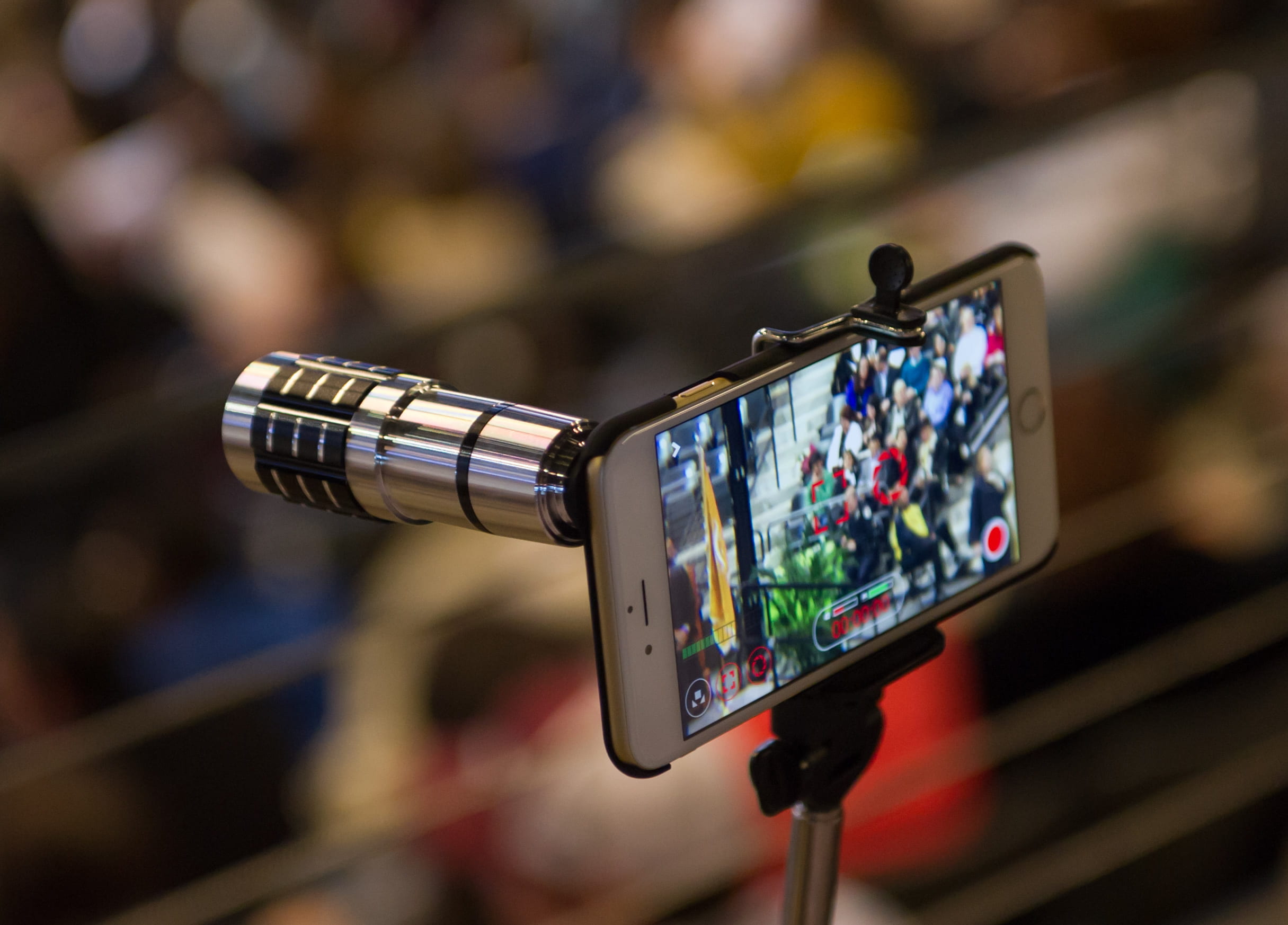Storyboard Your Way to a Better Video

With a new semester right around the corner and a short break in semesters, often comes a time when instructors go back to revisit course content and may engage in the creation of new content such as videos. If you are thinking of creating a new video, consider the usage of storyboarding as a way to minimize the amount of time spent shooting and editing while also ensuring that all of the elements you want to capture are included the first time. Just like it helps to create an outline before beginning a paper, one should always start with a storyboard before engaging in the creation of a high-quality video.
 Storyboarding is the act of sketching out a “story” and its various elements into shot by shot comic book like frames that serve as an organizer to help you work through the thought process of what you intend to create before any actual creation takes place. A storyboard goes much further than a script does by including a rough idea of the visuals that will be filmed including the background scenes, props, individuals being filmed, camera angles, and even the lighting that will be needed. According to Pinatoan (2013), storyboards are used by professional filmmakers to avoid confusion when explaining a scene and to demonstrate how a scene would play out; which provides a greater understanding of what is going to be filmed than scripted text would allow. As a result, storyboards often facilitate brainstorming new ways to shoot scenes, aid in catching elements that may be missing or need to be changed, and help uncover any other problems with the scene before spending the time and energy needed to actually film it (Stevens, Multimedia Storytelling: Learn How to Storyboard). In this way, storyboarding assists in ensuring that all involved in the filmmaking process have a singular vision to work from.
Storyboarding is the act of sketching out a “story” and its various elements into shot by shot comic book like frames that serve as an organizer to help you work through the thought process of what you intend to create before any actual creation takes place. A storyboard goes much further than a script does by including a rough idea of the visuals that will be filmed including the background scenes, props, individuals being filmed, camera angles, and even the lighting that will be needed. According to Pinatoan (2013), storyboards are used by professional filmmakers to avoid confusion when explaining a scene and to demonstrate how a scene would play out; which provides a greater understanding of what is going to be filmed than scripted text would allow. As a result, storyboards often facilitate brainstorming new ways to shoot scenes, aid in catching elements that may be missing or need to be changed, and help uncover any other problems with the scene before spending the time and energy needed to actually film it (Stevens, Multimedia Storytelling: Learn How to Storyboard). In this way, storyboarding assists in ensuring that all involved in the filmmaking process have a singular vision to work from.

Despite its use as a way to organize and think through a video prior to filming, many individuals may be tempted to forgo the storyboarding process and just decide to start the project right away. Invariably, this can lead to having to reshoot scenes for missing content or unintended visual and require a longer and more in-depth editing process. While it’s important to create a storyboard for your video, it’s equally important to do it correctly.
According to Pinantoan (2013), a storyboard should answer the following questions:
- Which actors are in the scene? (Include how they may appear.)
- What direction are the actors headed? (You can use arrows to help indicate movements within a scene.)
- What are the actors saying? (This doesn’t need to be the entire script, just a brief reminder such as “explaining the 3rd law of motion” rather than the entirety of what will be said.)
- Where are they? (Make sure it’s clear where the scene takes place.)
- What is the passage of time between storyboards? (This can be indicated directly by writing things like “later in the evening” or through visual cues such as a setting sun.)
- What is the angle of the camera and does it do anything? (Again arrows can be used as well as text below the visual such as “camera zooms in” or “camera moved around the object”. Refer to this list of terms and their abbreviations help keep your storyboards uncluttered.)

One final element to making a good storyboard is finding the right level of detail to include. According to Pinantoan (2013), the point is to provide the information in a clear and direct manner. Having too little detail results in confusion and an unclear vision for what is to be filmed, but having too much detail can lead to distractions and shift the focus of the filming unintentionally.
Stick figures are perfectly fine for storyboards, just make sure that your message in each frame is still clearly conveyed. If you find you are not good at drawing something important like a building, you can always retreat to labeling objects to ensure that the information is clear.
While the majority of storyboarding involves simply drawing on templates (such as those found here or here), there are plenty of ways to use technology to storyboard as well. The simplest way is to utilize a presentation program such as Keynote or PowerPoint.
With a presentation program, each slide becomes a frame, the various tools and clip art can be used to build out the scenes, and
when finished they can be printed in a notes version of the presentation to create the actual storyboard pages. There are lots of other programs dedicated to helping create a storyboard such as StoryboardThat or Studiobinder that require little setup and are easy to learn.
No matter what you choose to use, whether its hand-drawn frames or a printed graphic, the important thing is to create the storyboard prior to filming. Even if you are a one-person production, the act of creating the storyboard will help you flesh out your ideas, avoid mistakes you might otherwise make, and ensure that when filming the various scenes you maintain a clear and consistent vision.
So when it comes time to create your next video, remember this advice from famed director Marin Scorsese, “Storyboards are not the only means of communication for what I imagine, but they are the point where I begin.”
References:
Pinantoan, A. (2013) Using Storyboards In Education, InformED. Retrieved from https://www.opencolleges.edu.au/informed/teacher-resources/using-storyboards-in-education/
Stevens, J. Multimedia Storytelling: Learn How to Storyboard, UC Berkeley Graduate School of Journalism. Retrieved from https://multimedia.journalism.berkeley.edu/tutorials/starttofinish-storyboarding/



